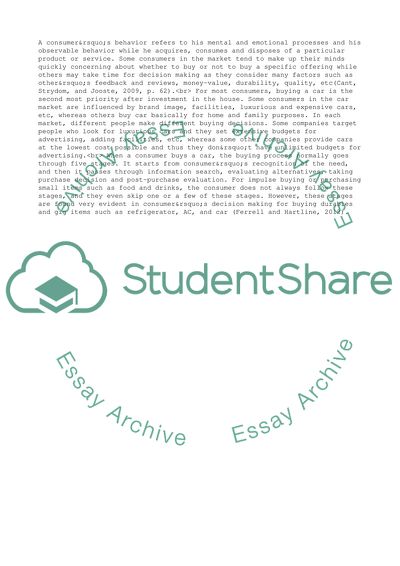Cite this document
(“Buyer Behaviour - Consumer journal Admission/Application Essay”, n.d.)
Retrieved from https://studentshare.org/business/1649581-buyer-behaviour-consumer-journal
Retrieved from https://studentshare.org/business/1649581-buyer-behaviour-consumer-journal
(Buyer Behaviour - Consumer Journal Admission/Application Essay)
https://studentshare.org/business/1649581-buyer-behaviour-consumer-journal.
https://studentshare.org/business/1649581-buyer-behaviour-consumer-journal.
“Buyer Behaviour - Consumer Journal Admission/Application Essay”, n.d. https://studentshare.org/business/1649581-buyer-behaviour-consumer-journal.


